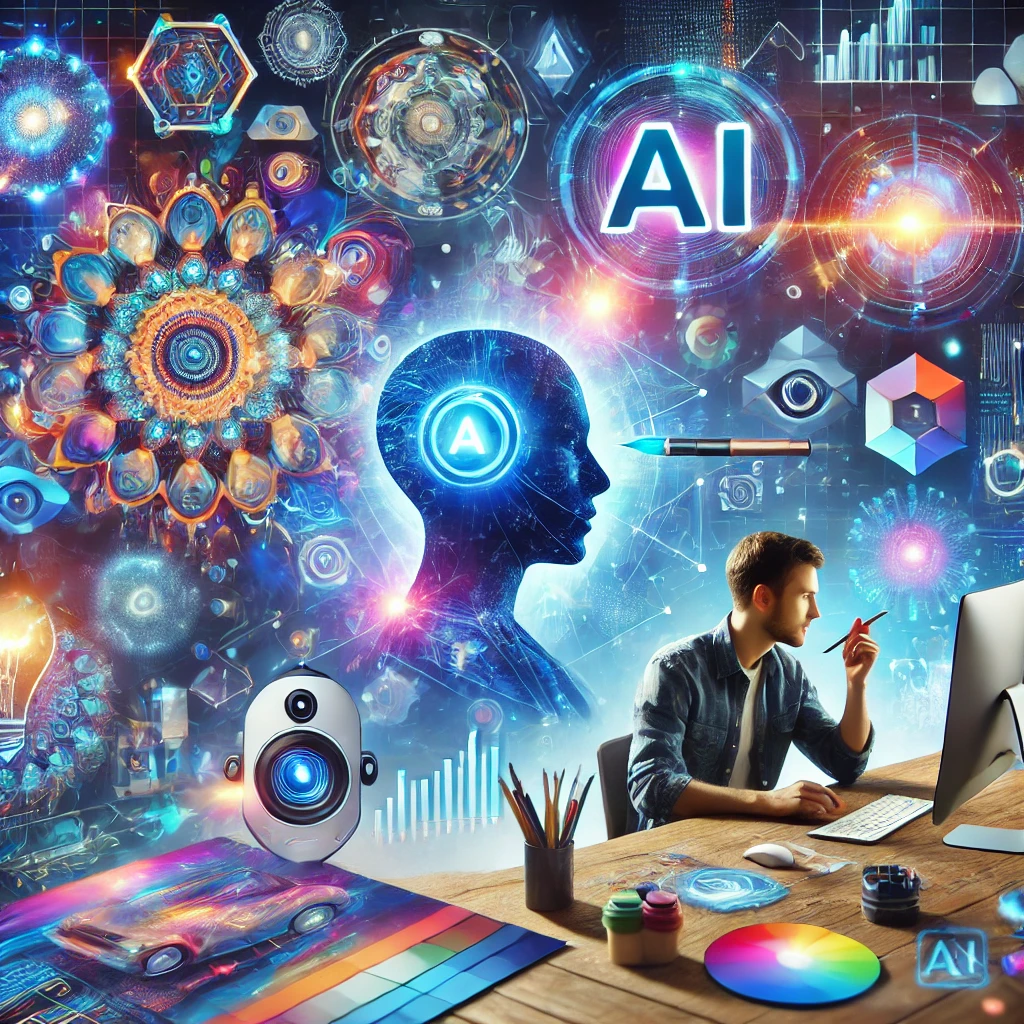Artificial intelligence has, therefore, been a double-edged sword in the fast-paced world of cyber security. As such, everyone from organizations to the government is working to integrate AI into their defenses, but the game is quickly changing as malicious actors are now using AI to mount increasingly sophisticated attacks. This article is going to look at how AI changes the nature of cybersecurity and some of the questions it throws up.
The Rise of AI in Cybersecurity
This forms a change in the way organizations worldwide are now protecting their digital assets with the infusion of AI in cybersecurity practices. Meanwhile, most conventional approaches to the detection and response of cyber threats cannot withstand the current level of sophistication or attacks at a high frequency. On the other hand, AI offers a proactive approach by using machine learning algorithms in analyzing large quantities of data so as to bring out certain repetitive patterns that might show malicious intent.
Perhaps one of the most crucial benefits that cybersecurity has seen with the advent of AI involves the automation of threat detection and response. AI applications automatically monitor networks, endpoints, and apps for anomalies and possible threats in real time, which permits them to detect such threats and prevent the happening of full-blown attacks. Early and timely detection offers increased speed and accuracy, hence lesser load on cybersecurity teams, who then have time to focus on higher-level issues.
AI-Based Threat Detection and Defense
The effectiveness of AI in the domain of cybersecurity is reflected in threat detection. The machine learning algorithm—utilized for training data—looks for a class of patterns that can be learned from known threats and anomalies which may indicate new, unknown threats. This ability to classify allows enterprises to pick up on and respond to ongoing cyberattacks at the time they occur, drastically reducing damage from intrusions.
Furthermore, AI-driven predictive analytics can, therefore, carry the prediction of potential vulnerabilities from the experience of current trends that result in an opportunity for pre-emptive strengthening of defenses. For example, weak spots in network infrastructure can be modeled or it can be foreseen that someday a certain type of attack might take place based on experience, making a parallel between other systems with similar features.
Challenges and Limitations
While it has great potential, AI in cybersecurity also presents major challenges and widespread limitations. One good example is the possible use of AI by ill-minded people with the aim of creating sophisticated and targeted attacks in the cyber domain. Adversarial machine learning is a common approach, in which people manipulate artificial intelligence systems to either evade detection or compromise security measures.
Moreover, AI-driven cybersecurity introduces various ethical and regulatory considerations. Increases in questioning boundary conditions related to data privacy, the bias of algorithms, and the accountability of AI autonomous systems in their decision-making processes are very serious challenges that arise and must be duly contemplated and regulated. Another critical limitation is the absolute scarcity of skilled professionals who can develop, deploy, and manage AI-powered cybersecurity solutions. With increased demand for AI expertise in cybersecurity, entities must therefore begin to make investments in employee training and education by developing a competent workforce that can navigate complex issues related to AI-driven security technologies.
The Future of AI in Cybersecurity
Next to it, the future of AI applied to cybersecurity remains innovative and evolutionary. Enhanced AI algorithms are in the pipeline for developments in the fields of natural language processing and anomaly detection in a bid to increase the level of precision and efficiency in threat detection and response capabilities. Moreover, advancements in AI technology will be further revamped when integrated with other breakthrough technologies, like quantum computing and blockchain, in the domain of cybersecurity.
Moreover, the scope for cybersecurity concerns with respect to AI is enormous, and therefore collaborative efforts across industry, academia, and government entities will be required. In such ways, cybersecurity research, knowledge-sharing policies, and policy development will play a leading role in enabling robust defenses against evolving cyber threats.
Conclusion This means that AI in cybersecurity is a double-edged sword. While this new environment offers unparalleled opportunities to strengthen defenses and mitigate risks, its adoption also introduces new challenges and complexities. Organizations seeking to maintain trust in a world that is increasingly interconnected will be betaking much on the ability of AI to leverage what it can do while addressing its limitations and ethical implications of actions taken for digital asset protection in the arms race of tomorrow. With multiple opportunities being paved for innovation, collaboration, and responsible use, artificial intelligence is likely to redefine the very practice of cybersecurity and steer humankind into a safer future for digital dealings.

 Cart is empty
Cart is empty
Leave A Comment